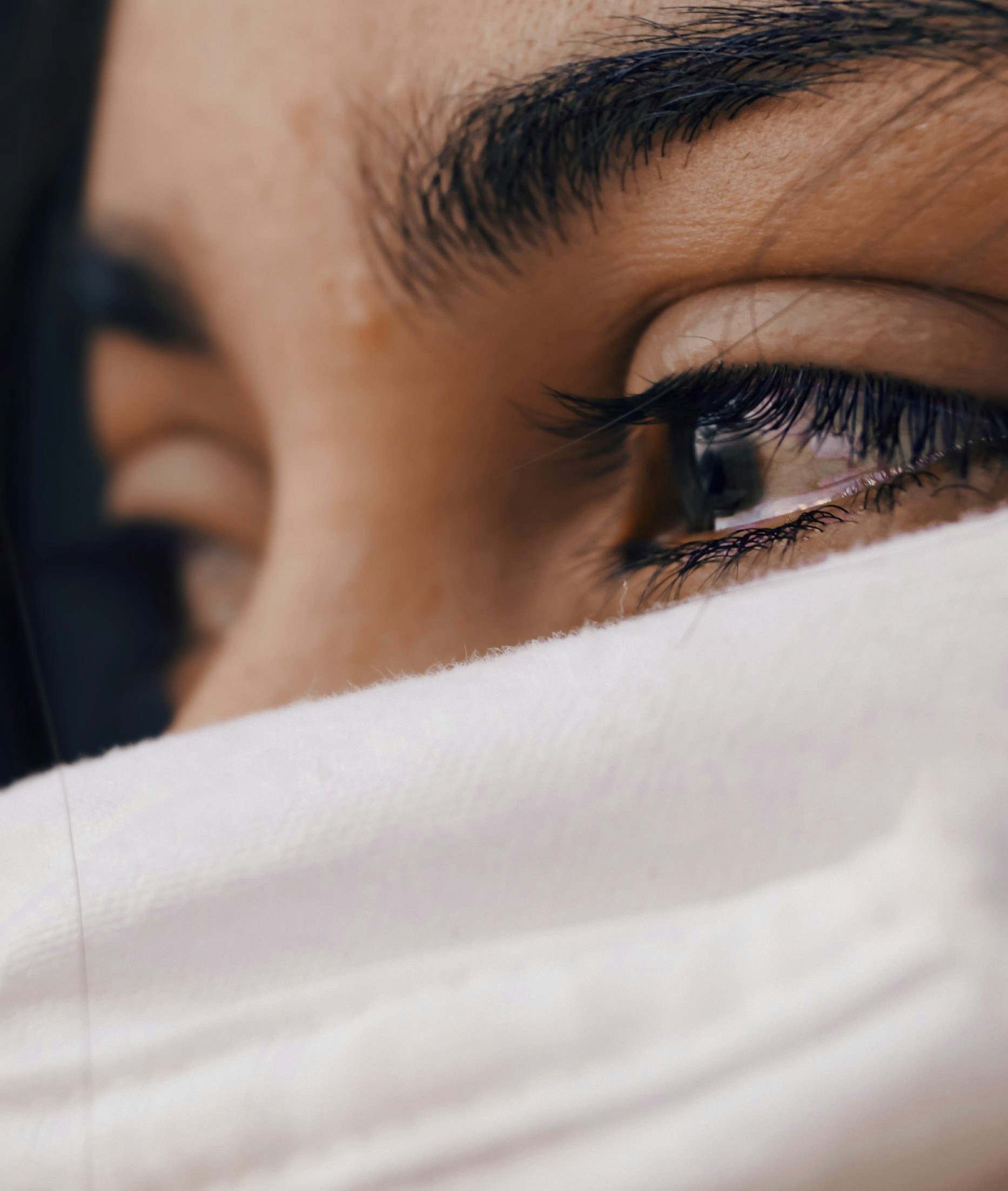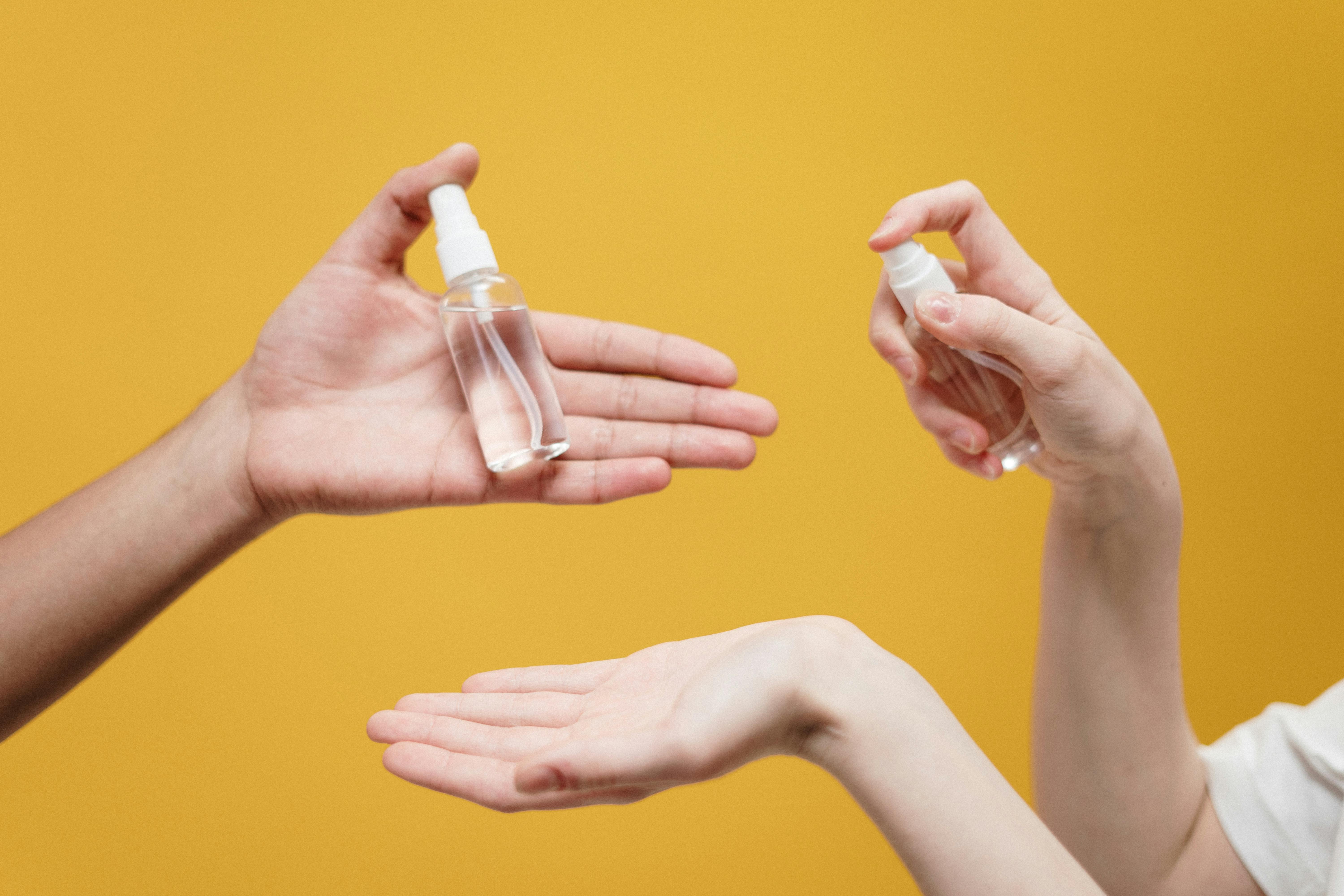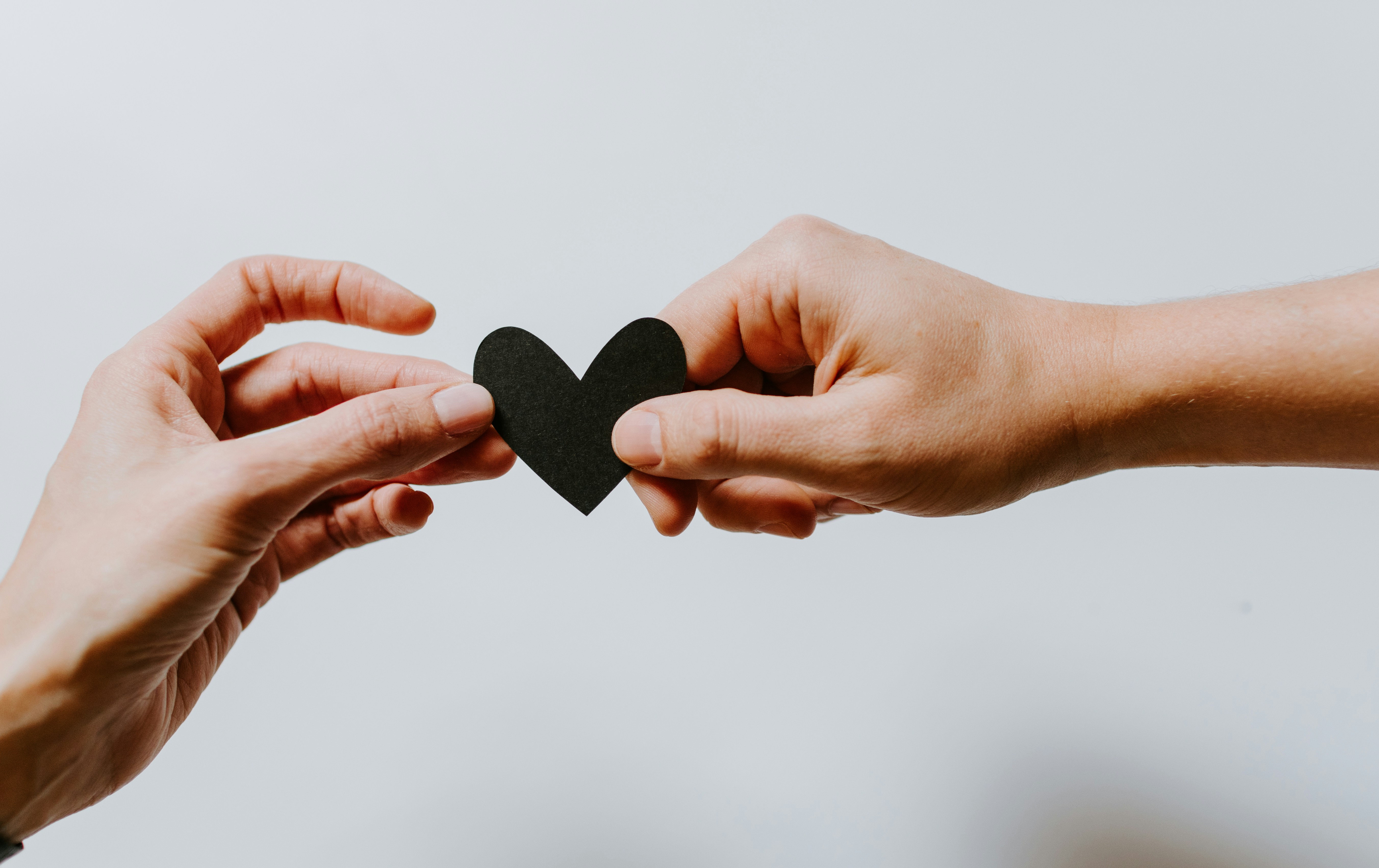Imagine a child, wide-eyed and vulnerable, navigating a world that sometimes feels too big, too loud, or too scary. Now imagine that child is you – because in many ways, it still is. This is your inner child, the part of you that holds the memories, emotions, and experiences of your earliest years. For many of us, this inner child carries the weight of childhood trauma.
But here’s the truth – you’re not alone, and you’re not stuck.
Unmasking Childhood Trauma: What Are We Really Dealing With?
Before we dive into the nitty-gritty of healing, let’s get real about what we’re up against. Childhood trauma isn’t just about the obvious stuff like physical abuse or neglect. It’s a whole spectrum of experiences that can leave lasting imprints on a kid’s developing brain and psyche.
Dr. Bessel van der Kolk, a pioneer in trauma research, puts it this way: “Trauma is not just an event that took place sometime in the past; it is also the imprint left by that experience on mind, brain, and body.”
So what are we talking about here?
- Physical abuse or neglect
- Emotional abuse or neglect
- Sexual abuse
- Witnessing domestic violence (even if you weren’t the direct target)
- Losing a parent or primary caregiver (through death, divorce, or abandonment)
- Serious illness or medical procedures
- Bullying
- Natural disasters or accidents
- Systemic trauma (e.g. racism, poverty)
- Adverse Childhood Experiences (ACEs) – a range of stressful or traumatic events
The Long Shadow: How Childhood Trauma Affects Adult Life
The impacts of childhood trauma don’t stay in childhood. They can cast a long shadow into adulthood, affecting various aspects of life:
- Mental Health: Increased risk of depression, anxiety, PTSD, and other mental health disorders.
- Physical Health: Higher rates of chronic diseases, including heart disease, cancer, and autoimmune disorders.
- Relationships: Difficulty forming and maintaining healthy relationships, trust issues.
- Self-Esteem: Persistent feelings of worthlessness or shame.
- Addictive Behaviors: Higher risk of substance abuse and other addictive behaviors.
- Career and Finance: Challenges in maintaining steady employment or managing finances.
- Parenting: Difficulties in parenting, risk of generational trauma.
The ACE Study, a groundbreaking research project, found a strong correlation between the number of adverse childhood experiences and the risk of various health and social problems in adulthood. As Dr. Vincent Felitti, one of the study’s principal investigators, put it: “What happens in childhood doesn’t stay in childhood.”
Here’s the kicker – trauma doesn’t play fair. It doesn’t just stay in your childhood memories. But – and this is a big but – it doesn’t have to define you. You’re not damaged goods or a lost cause. You’re a survivor, and with the right tools, you can become a thriver.
Trauma survivors can learn to feel alive in the present instead of being trapped in the past.
Dr. Bessel van der Kolk
Dutch psychiatrist and author
10 Powerful Techniques for Recovery
1. Get Present
Mindfulness isn’t about achieving zen-like calm. It’s about dragging your brain back to the here and now when it wants to time-travel to the past.
Try this: The 5-4-3-2-1 Technique. It’s like a sensory scavenger hunt:
- Spot 5 things you can see
- Touch 4 things
- Listen for 3 sounds
- Identify 2 smells
- Taste 1 thing
Sounds simple, right? That’s because it is. But it’s a powerful way to anchor yourself in the present when your brain wants to replay the greatest hits of your trauma.
2. Exercise: Move Trauma Out of Your Body
Trauma doesn’t just reside in your head – it can also manifest physically in your body. Body-based therapies recognize the deep connection between our physical and emotional experiences.
Dr. Bessel van der Kolk, author of “The Body Keeps the Score,” emphasizes: “The body keeps the score… If you want to change how you feel, you have to change your body sensations.” This insight is based on extensive research showing how trauma can dysregulate the nervous system and alter bodily sensations.
This means incorporating physical movement into your healing journey. Yoga, tai chi, dance – even a spontaneous dance party in your kitchen can help. The goal is to move, feel your body, and reconnect with the physical self that trauma might have disconnected you from.
Try this: Put on your favorite song and dance freely. Notice how your body feels. Where is there tension? Where do you feel ease? There’s no judgment here – you’re simply reconnecting with your body. This practice can help release stored tension, improve body awareness, and promote a sense of safety in your own skin.
3. Cognitive Behavioral Therapy (CBT)
CBT is about investigating your thoughts, especially those that negatively impact your day without you realizing it. It’s based on the idea that our thoughts, feelings, and behaviors are all interconnected, and by changing one, we can influence the others.
Try this: The next time you have a negative thought related to your trauma (like “I’m unlovable” or “It was my fault”), pretend you’re a detective. Gather evidence for and against this thought. Would this evidence stand up to scrutiny? Often, you’ll find it doesn’t.
It might feel unusual at first, but remember – your brain can be retrained. CBT is like a workout regimen for your mind. Numerous studies have shown CBT to be effective in treating trauma-related disorders, including PTSD. It can help you develop more balanced thought patterns and healthier coping mechanisms.
4. Eye Movement Desensitization and Reprocessing (EMDR)
EMDR is a therapy technique that uses eye movements to help your brain process traumatic memories. It’s based on the theory that rapid eye movements, similar to those during REM sleep, can help the brain reprocess traumatic memories.
While it’s best to do this with a trained therapist, you can try a simplified version at home. Think of a mildly upsetting memory. While focusing on this memory, slowly move your eyes from side to side for about 30 seconds. Notice any changes in how you perceive the memory.
This technique can help reduce the emotional charge of certain memories. Research has shown EMDR to be particularly effective for treating PTSD, with some studies finding it more effective than traditional talk therapy for trauma.
5. Art as Expression
Trauma sometimes leaves us speechless. Literally. It’s hard to find the right words for what you went through. That’s where creative expression comes in.
Drawing, painting, sculpting, dance – whatever form of creativity resonates with you. The point is to express what you can’t say verbally. This can be particularly helpful for processing traumatic memories that are stored non-verbally.
Dr. Cathy Malchiodi, an expert in art therapy, states: “Art expression is a powerful way to safely contain and create separation from the terrifying experiences of trauma.” Art therapy can help externalize internal experiences, making them easier to process and integrate.
Try this: Create a collage that represents your healing journey. Don’t overthink it – let your intuition guide you. You might be surprised by what emerges. Remember, this isn’t about artistic skill – it’s about expression. Studies have shown that art therapy can reduce symptoms of anxiety and depression in trauma survivors.
6. Set Boundaries
Trauma often teaches you to tolerate far more than you should. Setting boundaries is a way to reclaim your personal space and emotional safety.
How to get started:
- Define Your Limits: Start by identifying what drains your energy or triggers negative emotions. This might be certain people, environments, or situations.
- Communicate Clearly: Once you know your limits, communicate them clearly to others. This can be as simple as saying, “I’m not comfortable discussing this,” or “I need time for myself right now.”
Boundaries aren’t walls; they’re gates you control, deciding who or what comes in and what stays out.
Healing isn’t a solo journey. You need a support system. Social support has been consistently linked to better outcomes in trauma recovery.
Identify people in your life who make you feel safe and understood. These are the individuals who listen without judgment and offer genuine support. Make a plan to connect with them regularly. Strong social connections can buffer against stress and promote resilience.
If you feel you lack such connections, consider joining support groups or community organizations. There are people out there who understand – you just need to find them. Shared experiences can be incredibly validating and can help reduce feelings of isolation often associated with trauma.
Remember that gap-toothed kid in your old school photos? That’s still a part of you. Inner child work involves reconnecting with that younger version of yourself, understanding their experiences, and providing the support they needed back then.
Try this: Write a letter to your younger self. What would you say? “Hey kid, it wasn’t your fault”? “You’re stronger than you know”? Whatever it is, put it on paper. It might feel weird, but it can be incredibly healing.
Dr. Stefanie Stahl, author of “The Child in You,” notes: “By connecting with our inner child, we can begin to heal the wounds of the past and create a more fulfilling present.” This work can help you understand your emotional triggers, needs, and patterns, paving the way for healthier relationships and improved self-esteem.
9. Gratitude Practice
It may sound cliché, but practicing gratitude can rewire your brain to focus on the positives in life. Trauma often makes us hyper-focused on what’s wrong, but gratitude can gently shift that focus.
How to start: Write down three things you’re grateful for each day, no matter how small. Studies in the Journal of Positive Psychology show that gratitude practices can improve overall life satisfaction and emotional resilience, helping reshape how you interpret experiences.
10. Healthy Habits
We know, we know. “Self-care” has become such a buzzword it’s practically lost all meaning. But hear us out. The boring, basic stuff – eating well, exercising, getting enough sleep – it matters. A lot. It forms the foundation upon which all other healing work is built.
Dr. Bruce Perry, a renowned child trauma researcher, notes: “The brain is designed to change in response to patterned, repetitive experiences… The more healthy, positive experiences we have, the more resilient we become.”
While these habits won’t erase trauma, they provide a stronger foundation for healing. Think of it as building a fortress that gives you a better position from which to confront your past. Regular exercise has been shown to reduce symptoms of PTSD and depression. A balanced diet can help regulate mood and energy levels. Adequate sleep is crucial for emotional regulation and cognitive function.
The Road Ahead: Your Healing Journey
Heal your inner child with Hapday, Your Wellbeing Assistant
Join the millions of people using Hapday. Improve overall wellness & sleep.




